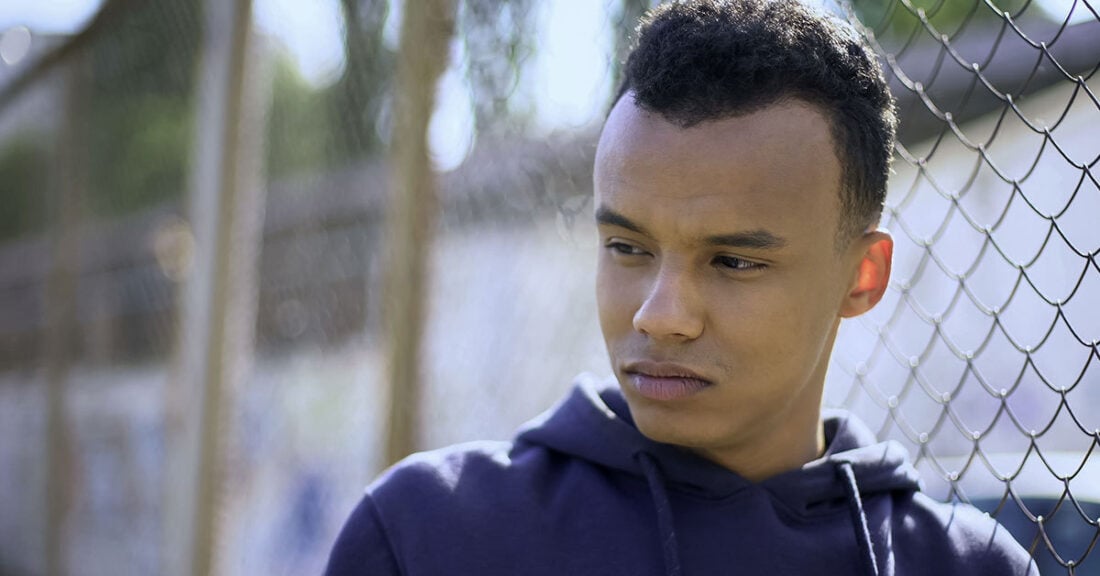Study: Pretrial Juvenile Detention Increases Odds of Felony Recidivism by 33%

Jurisdictions use pretrial confinement to ensure that young people who have been accused of an offense attend court hearings. It is the most common use of local detention facilities, accounting for 75% of all admissions.
Yet, a stay in pretrial juvenile detention increases a young person’s likelihood of felony recidivism by 33% and misdemeanor recidivism by 11%, according to a new peer-reviewed study published in Crime and Delinquency.
The study, conducted by researchers at the University of Washington and supported by the Annie E. Casey Foundation, looked at how long young people spend in pretrial detention and what impact this has on recidivism. Its findings deliver a clear call for changing the status quo in favor of strategies that avoid detaining young people before their cases are adjudicated.
The researchers found that any pretrial detention stay — regardless of its length — increases the likelihood of recidivism. They also discovered that when a young person spends additional days in detention for pretrial reasons, their risk of recidivism jumps by 1% a day.
“This study affirms what we have long believed — that young people are thrown off course by even a single day in pretrial detention,” says Nate Balis, director of the Foundation’s Juvenile Justice Strategy Group. “These young people, who are presumed innocent because there has been no determination of guilt, are separated from their families, schools, jobs and communities with lasting consequences.”
To assess the impact of pretrial detention, the University of Washington researchers analyzed more than 46,000 juvenile cases across 32 jurisdictions in a northwest state from January 2002 through December 2015.
The study defined recidivism as a recorded court filing by a prosecutor within one year of a young person’s initial offense (probation violations were not included in this calculation). This approach revealed a significant correlation between “pretrial detention and both felony and misdemeanor recidivism within one year.”
Pretrial detention was associated with higher felony recidivism for youth who had few or no prior arrests. According to the study, detained youth who are at lowest risk for reoffending “will learn deviant behaviors, experience disruption in important protective influences, or be exposed to traumatic experiences when placed in secure care even for a very limited duration.”
In addition, the findings did not support the notion that pretrial detention served to dissuade other youth in the community from committing crimes.
“As shown by our Juvenile Detention Alternatives Initiative®, there are more effective and equitable ways than detention to ensure that young people who are arrested — but who present no serious and immediate threat to their communities — will appear in court,” Balis says.
Follow the conversation about juvenile justice reform on JDAIconnect






